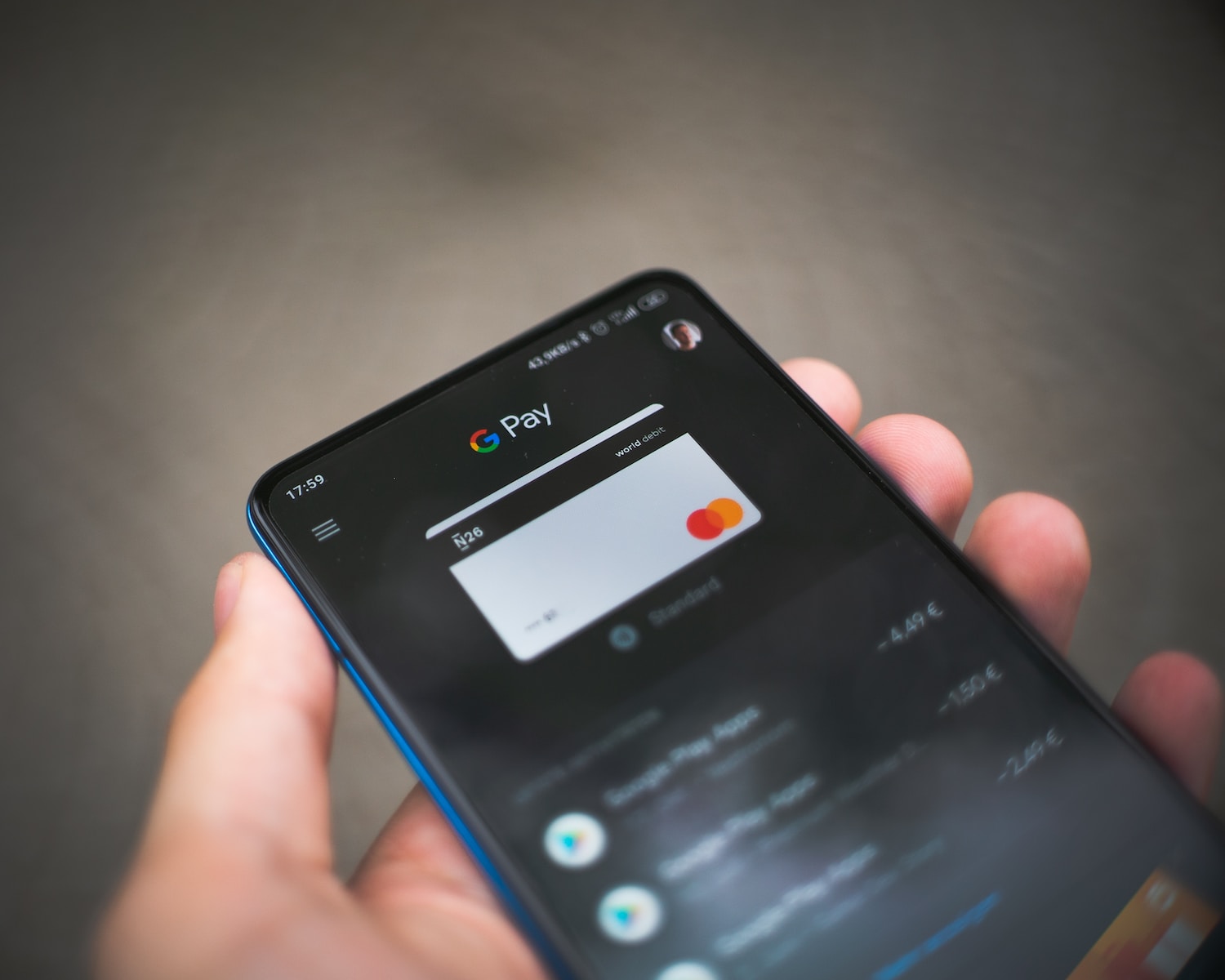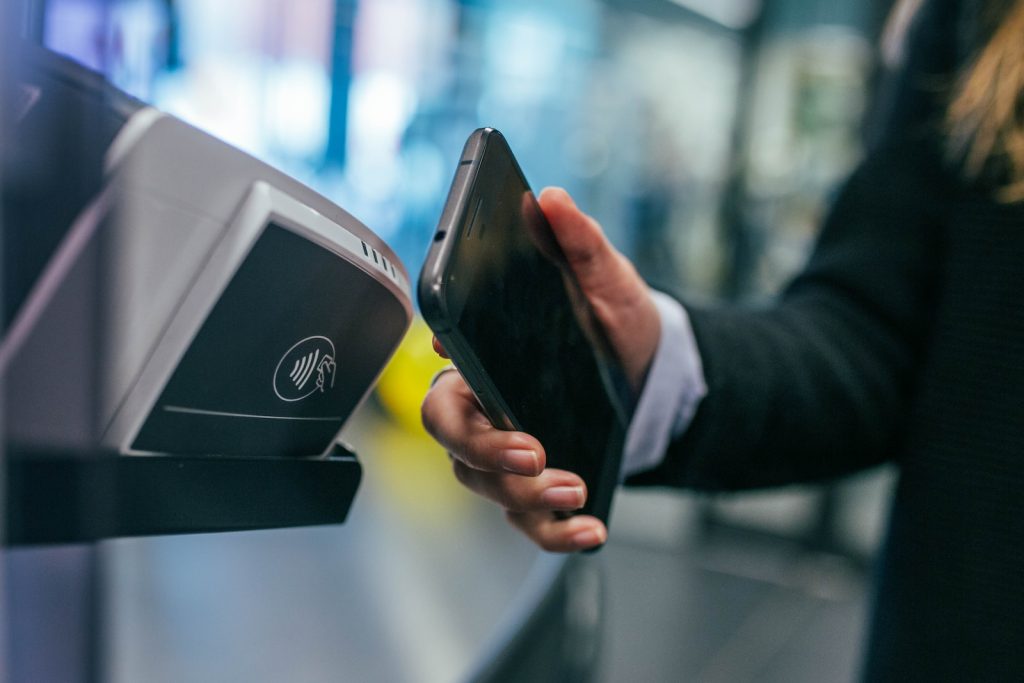Table of Contents
Introduction
With the rapid advancement of technology, the way we make payments has also evolved. One of the most convenient and secure methods of payment is through Near Field Communication (NFC). NFC payment allows users to make transactions by simply tapping their smartphones or contactless cards on a payment terminal. In this article, we will explore how NFC payment works, its benefits, and its impact on the finance industry.
Understanding NFC Payment
Near Field Communication (NFC) is a short-range wireless communication technology that enables devices to exchange data when they are in close proximity to each other. NFC payment utilizes this technology to facilitate secure and convenient transactions.
When making an NFC payment, the user's smartphone or contactless card contains a small NFC chip that communicates with the payment terminal. The chip securely transfers the necessary payment information, such as credit card details or digital wallet credentials, to complete the transaction.
How Does NFC Payment Work?
1. Device Initialization: To use NFC payment, the user needs to ensure that their device is NFC-enabled and has the necessary payment applications installed. They may also need to link their payment method, such as a credit card or digital wallet, to the NFC payment app.
2. Transaction Initiation: When the user wants to make a payment, they simply need to unlock their device and hold it near the payment terminal. The NFC chip in the device establishes a connection with the terminal.
3. Data Transfer: Once the connection is established, the NFC chip securely transfers the payment information to the payment terminal. This information may include the user's credit card number, expiration date, and security code.
4. Authentication: The payment terminal verifies the authenticity of the payment information by communicating with the user's bank or payment service provider. This step ensures that the transaction is legitimate and authorized.
5. Transaction Completion: If the authentication is successful, the payment terminal approves the transaction, and the user receives a confirmation of payment. The entire process is completed within seconds, providing a seamless and efficient payment experience.
Benefits of NFC Payment
NFC payment offers several advantages over traditional payment methods. Let's explore some of the key benefits:
1. Convenience
NFC payment eliminates the need for physical cash or cards, making it incredibly convenient for users. With just a tap, they can complete transactions quickly and easily. This convenience is especially valuable in situations where carrying cash or cards may be inconvenient or risky.
2. Speed

Traditional payment methods often involve swiping cards, entering PINs, or signing receipts, which can be time-consuming. NFC payment significantly reduces transaction time, allowing users to complete payments in a matter of seconds. This speed is particularly beneficial in busy environments, such as retail stores or public transportation systems.
3. Security
NFC payment incorporates several security measures to protect user information. The use of encryption and tokenization ensures that sensitive data, such as credit card details, are securely transmitted and stored. Additionally, NFC payment requires close proximity between the device and the payment terminal, reducing the risk of unauthorized transactions.
4. Contactless and Hygienic
In the wake of the COVID-19 pandemic, contactless payment methods have gained significant popularity due to their hygienic nature. NFC payment allows users to make transactions without physically touching the payment terminal, minimizing the risk of spreading germs.
NFC Payment in the Finance Industry
NFC payment has had a profound impact on the finance industry, revolutionizing the way transactions are conducted. Here are some notable effects:

1. Increased Adoption of Mobile Payments
NFC payment has played a crucial role in driving the adoption of mobile payment solutions. With the widespread availability of NFC-enabled smartphones, users can now make payments using their mobile devices, eliminating the need for physical wallets or cards. This shift towards mobile payments has led to the emergence of digital wallets and payment apps, such as Apple Pay, Google Pay, and Samsung Pay.
2. Enhanced Customer Experience
NFC payment has significantly improved the overall customer experience in the finance industry. The convenience and speed of NFC transactions have made payments more seamless and hassle-free for consumers. This enhanced experience has resulted in increased customer satisfaction and loyalty.
3. Integration with Internet of Things (IoT)
NFC payment has also paved the way for integration with the Internet of Things (IoT). With NFC-enabled devices, users can make payments through various IoT devices, such as smartwatches, fitness trackers, and even household appliances. This integration allows for a more connected and convenient payment ecosystem.
Conclusion
NFC payment has revolutionized the way we make transactions, offering convenience, speed, and security. By leveraging the power of NFC technology, users can tap their smartphones or contactless cards to complete payments seamlessly. The finance industry has witnessed significant changes due to the widespread adoption of NFC payment, including increased usage of mobile payments, enhanced customer experience, and integration with IoT devices. As technology continues to advance, NFC payment is expected to further transform the way we handle financial transactions, making payments even more effortless and secure.

